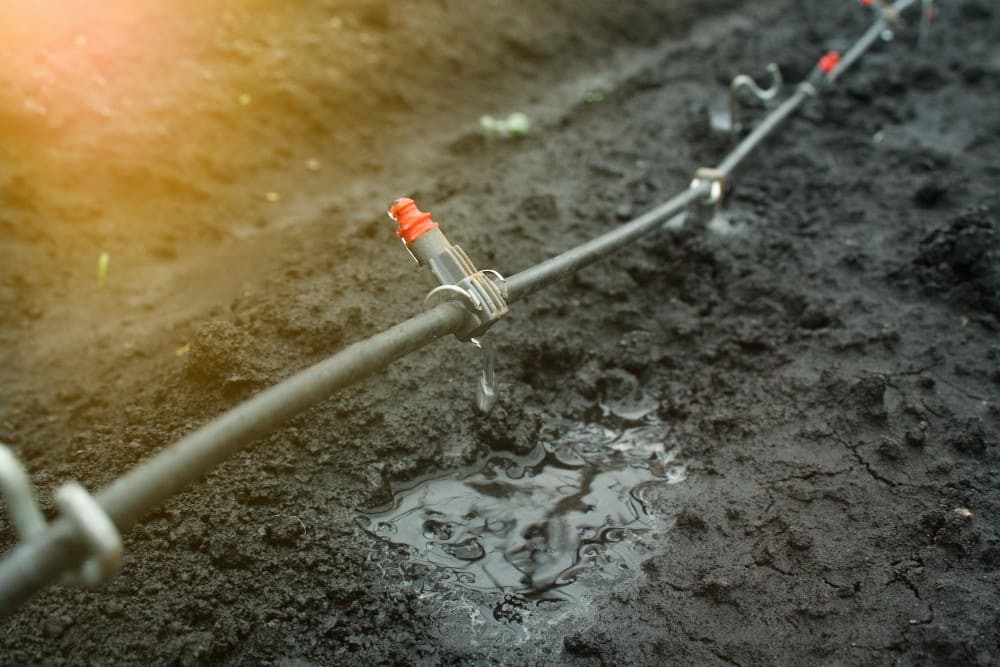
Urban Design Services That Meet Australian Green Building Standards
Discover how urban design services help meet Australian green building standards. Learn how Smart Planning and Design supports sustainable, compliant projects.
read more

Cities worldwide face a dual crisis: vanishing freshwater reserves and devastating floods. In London alone, 600 million liters of water leak daily from aging pipes—enough to fill 240 Olympic pools. Meanwhile, floods displace 20 million people annually, costing economies $50 billion. The solution isn’t just bigger pipes or higher levees; it’s intelligent water systems driven by IoT sensors. This isn’t sci-fi; it’s today’s reality for cities like Barcelona and Singapore, where real-time data prevents waste and disasters.
Urban water infrastructure, often a century old, cracks under population growth and climate stress. Leaks hemorrhage 30% of treated water globally, while floods overwhelm storm drains never designed for today’s superstorms. Traditional methods—manual inspections, reactive repairs—fail to scale. Engineers in Mexico City spend months locating underground leaks with acoustic devices, losing precious time and resources. The cost? Billions in repairs, ecological damage, and public distrust.
Imagine a city’s water network pulsing with thousands of tiny digital sentinels. IoT sensors embedded in pipes, valves, and reservoirs monitor pressure, flow, and quality 24/7. When a pipe leaks, pressure shifts instantly trigger alerts. During heavy rain, sensors in drains predict overflow hotspots before streets flood. These devices talk via low-power networks (LoRaWAN or NB-IoT), feeding cloud platforms like Siemens’ MindSphere or IBM’s Watson. Machine learning then transforms raw data into actionable intelligence—pinpointing leaks to within 3 feet or forecasting floods 72 hours early.

In Rotterdam, IoT sensors reduced leak repair time from weeks to hours. Here’s how:
One Dutch suburb saved €400,000 annually by fixing micro-leaks invisible to the human eye. For cities, this isn’t just conservation—it’s fiscal survival.
IoT flood systems act like a city’s nervous system. In Bangkok, river-level sensors trigger automated barriers when tides surge. Tokyo’s underground tunnels, guided by soil-moisture sensors, divert typhoon runoff to reservoirs. Key innovations include:
After implementing IoT flood controls, Chattanooga, Tennessee, reduced flood damage costs by 65% in two years.
Barcelona’s Sentilo Platform connects 20,000 water sensors citywide. When a pipe ruptured in Eixample district, pressure drops alerted crews in 90 seconds. Repairs finished before residents woke. During storms, sensors in the Besòs River activate retention basins, sparing low-income neighborhoods from flooding. The result? 25% less water loss and zero flood fatalities since 2019. For planners, Barcelona proves IoT water management pays for itself within five years.
Ready to transform your city? Start with these steps:
Avoid "big bang" rollouts. Pilot a neighborhood—like Copenhagen’s Nordhavn—then expand.
Tomorrow’s water systems will predict leaks before they happen. AI platforms like Xylem’s Avensor analyze historical data to flag weak pipes. Satellite moisture mapping (via NASA’s GRACE) will monitor aquifer health continent-wide. And in labs, self-sealing concrete uses bacteria to automatically repair cracks. The goal? Cities where water scarcity and floods are relics of the past.

Discover how urban design services help meet Australian green building standards. Learn how Smart Planning and Design supports sustainable, compliant projects.
read more

Discover the benefits of mixed-use developments in town planning Australia. Learn how they boost convenience, sustainability, and community connection.
read more

Discover why feasibility studies are essential in town planning Australia. Learn how they save time, reduce risks, and improve approval chances.
read more